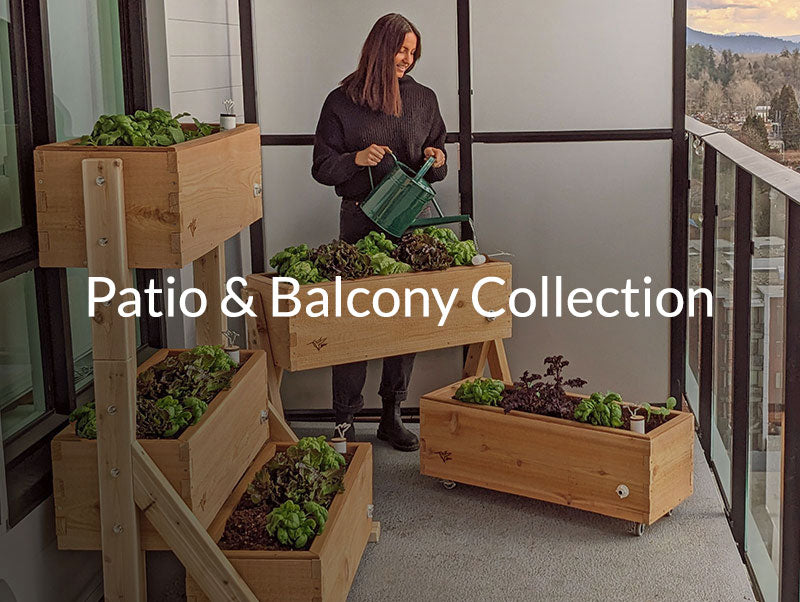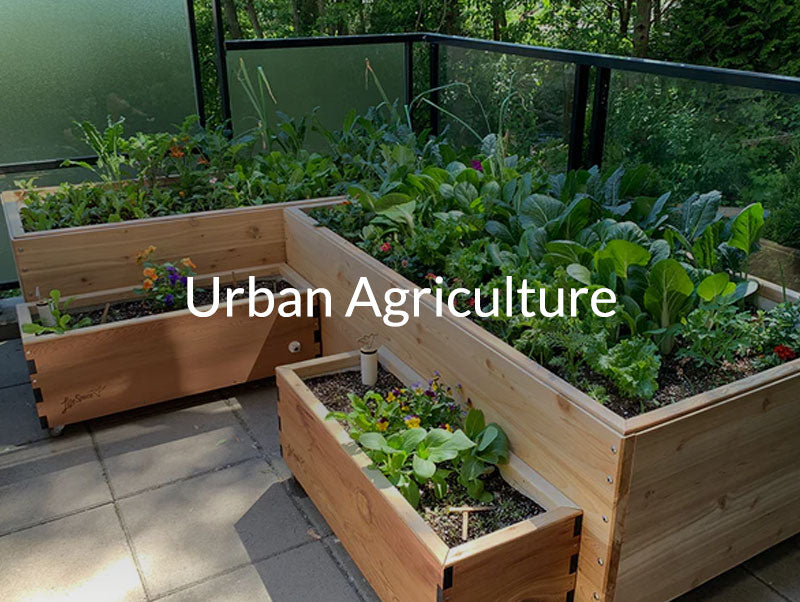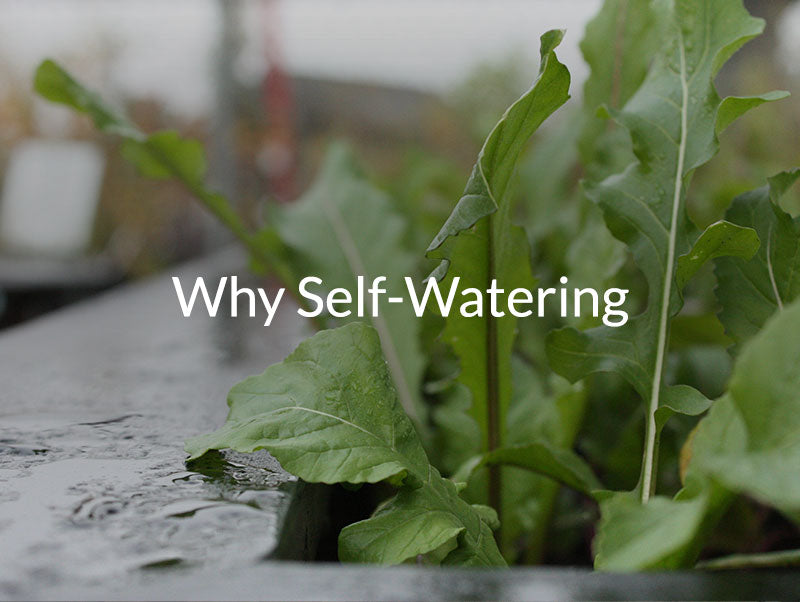Collard Greens Growing Guide🥬: Planting and Harvesting for Healthy, Consistent Growth

Introduction
Collard greens are a staple leafy green in many kitchens, known for their mild, earthy flavor and year-round versatility. Perfect for SIPs (sub-irrigated planters) and wicking beds, collards thrive when provided steady bottom-up watering. Using GardenWells inserts ensures consistent hydration while reducing the guesswork — helping you grow lush, productive plants with minimal effort.
When to Plant Collard Greens
-
Spring: Start seeds indoors in March–April or direct-seed outdoors once soil temperatures reach 10°C (50°F). Check the March Gardening Guide for early planting strategies.
-
Summer: Plant heat-tolerant varieties in June for mid-season crops; visit the June Gardening Guide for SIP watering strategies in warmer weather.
-
Fall/Winter: In mild climates, sow collards in August for tender autumn greens; see the September Gardening Guide for extending your harvest into cooler months.
-
Frost Bonus: After light frosts, collard leaves often become sweeter and more tender — making them a true four-season crop in the right regions.
Square Foot Gardening Spacing
-
Spacing: 1 plant per sq ft
-
Depth: Sow seeds ½” deep or transplant seedlings at the same depth as their nursery pots
-
Companions: Best grown alongside onions, beets, and nasturtiums.
How to Plant Collard Greens
Direct Seeding (Preferred)
-
Plant 2–3 seeds per hole and thin to the strongest seedling once sprouted.
-
Maintain consistent SIP moisture during germination for strong seedling establishment.
Transplanting
-
Start indoors 4–6 weeks before your last frost for earlier harvests.
-
Harden seedlings for 5–7 days before moving them into SIPs or wicking beds.
Watering Your Collard Greens
Collard greens need steady hydration to produce tender, flavorful leaves:
-
Use the WaterStem to monitor reservoir levels: when the Hummingbird rises, your SIP is full; when it drops, refill.
-
Before establishment: Top-water lightly for the first 7–10 days until roots reach the SIP moisture zone.
-
After establishment: Refill reservoirs every 1–2 weeks, depending on season and plant size.
-
Mulch around the base to regulate SIP moisture levels and suppress weeds.
Harvesting Collard Greens
-
Baby Greens: Ready to harvest in 30–35 days.
-
Mature Leaves: Pick in 60–75 days, depending on the variety.
-
For extended harvests, use a cut-and-come-again method: remove lower leaves first, allowing the plant to continue producing from the center for months.
Common Issues & Fixes
| Issue | Likely Cause | Solution |
|---|---|---|
| Yellow Leaves | Overwatering or nutrient deficiency | Balance SIP hydration and add compost or organic fertilizer |
| Cabbage Worms | Common brassica pest | Use floating row covers or interplant nasturtiums |
| Bolting | Heat stress | Choose bolt-resistant varieties and succession-sow for longer yields |
Companion Plants for Collard Greens
Best companions (with cross-links):
-
Onions → Natural pest deterrent, keeping brassica pests at bay.
-
Beets → Shallow-rooted, complementary spacing in SIPs.
-
Nasturtiums → Attract beneficial insects and distract aphids from collards.
-
Spinach → Shares similar watering needs and thrives in shaded SIP microclimates.
-
Carrots → Efficient interplanting in raised beds and SIPs.
Avoid planting with:
-
Other brassicas like kale, broccoli, and cabbage → Shared pests make spacing these crops separately ideal.
Product Tips
-
Growing in limited space? Use CondoFarms self-watering planters for compact, high-yield collard setups.
-
DIY gardeners? Convert any raised bed into a low-maintenance wicking bed with GardenWells inserts.
-
Scaling up? Explore custom self-watering raised beds for extended collard harvests.







